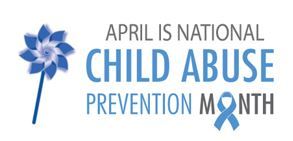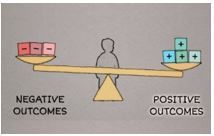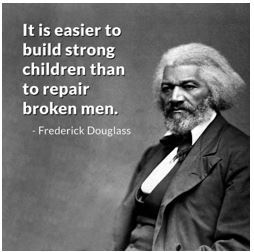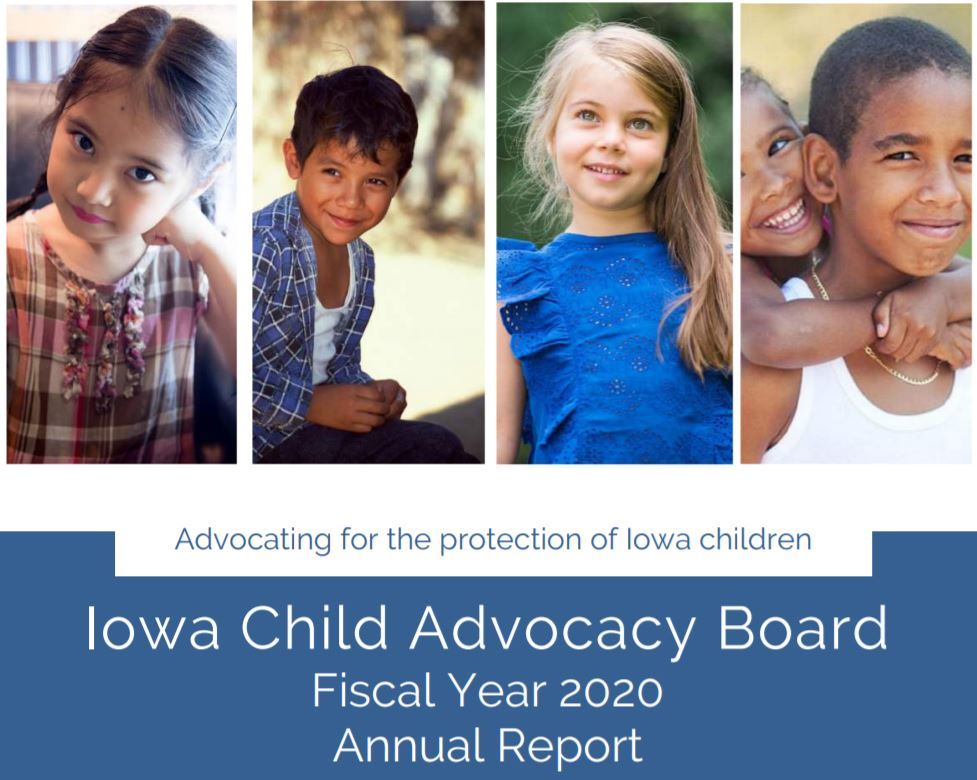
Mahaska FCRB Spotlight
By: Coordinator Cara Galloway
Over the last few years the Mahaska County Foster Care Review Board has had two consistent board members, Kristen Sarver and Ann Stout. Kristen has been with the board for almost five years, while Ann Stout has served the Mahaska County board going on two years. To be able to truly serve the children and families we have had to reach out to other boards to assist in having a full board, many board members stepped up to assist. However, Doug Cameron and Toby Mitchell assisted on a regular basis and have since joined the board full time.
The willingness of board members across SE Iowa to assist the Mahaska County Board shows the dedication, the belief and commitment they have to the FCRB program. Mahaska County has historically had a high participation from their interested parties which allows the board members to get a clear and concise review picture and make well informed decisions and recommendations. When talking about a board which leads with compassion and understanding the Mahaska County Board is that board.

| Nichole D'Onofrio, CASA, Dubuque Co. |
Beth Dubbelde, CASA, Lyon County |
| Janelle Eddy, CASA, Bremer County |
Jasmine Grafton, CASA, Black Hawk Co. |
| Nora Heaton, CASA, Linn County |
Valerie Higgins, CASA, Winneshiek County |
| Teresa Hon, CASA, Plymouth County |
Lori Kilburg, CASA, Dubuque County |
| Rebecca Maurer, CASA, Dickinson Co. |
Victoria Mead, FCRB, Floyd County |
| Desteni Moyle, CASA, Linn County |
Claire Murphy, CASA, Linn County |
| Stephanie Richardson, CASA, Polk Co. |
Jami Schwickerath, CASA, Howard County |
| Edie Steward, CASA, Buena Vista Co. |
Dee Sullivan, FCRB, Linn County |
| Kevin Uhde, CASA, Linn County |
Carmen Wipf, CASA, Black Hawk Co. |
Trainer's Corner
For FCRB Members & CASA Advocates:

Increased public awareness on the issue of Child Abuse occurred in the 1960’s following Dr. Kempe’s 1962 publication of the blockbuster article, The Battered Child Syndrome. Medical professionals, the media, professional research and writings on child abuse captured the public’s attention and cry for justice. This generated increased emphasis on Congress to put into place new protection services for children and their needs for safety.
The first Federal child protection legislation, the Child Abuse Prevention and Treatment Act (CAPTA), was passed in 1974 to meet the need to further define and outline how states will ensure the safety and welfare of children. While CAPTA has been amended many times over the years the purpose of the original legislation remains intact.
In the early 1980s, Congress made a further commitment to identify and implement solutions to child abuse. Recognizing the alarming rate at which children continued to be abused and neglected and the need for innovative programs to prevent child abuse and assist parents and families affected by maltreatment eventually led to April being declared Child Abuse Prevention Month by President Ronald Reagan in 1983.
|
“The true character of a society is revealed in how it treats its children.”
- Nelson Mandela
A body of research has identified factors known to prevent and reduce child abuse and neglect. These factors—including parental resilience, nurturing and attachment, social connections, knowledge about parenting and child development, social and emotional competence of children, and concrete supports for parents—are outlined in Protective Factors Approaches in Child Welfare. For more information go to website to find additional resources: National Resources
What can Advocates and Board Members do within the scope of their individual role? Every volunteer for the Iowa Child Advocacy Board can become more aware of the signs of abuse and neglect to be better equipped to advocate for intervention if its occurring. To address known abuse or neglect within each program, volunteers can advocate via their recommendations to the court for services, programs, or exploration of creative avenues to build upon the protective and promotive factors of individuals and families. In essence, it’s advocating for resilience.

The Center for the Developing Child at Harvard University distinctively explains that to understand the development of resilience one only needs to visualize a seesaw or balance scale. “Protective experiences and coping skills on one side counterbalance significant adversity on the other. Resilience is evident when a child’s health and development tips toward positive outcomes-even when a heavy load of factors is stacked on the negative outcome side.
|

The single most common factor for children who develop resilience is at least one stable and committed relationship with a supportive parent, caregiver, or other adult. These relationships provide the personalized responsiveness, scaffolding, and protection that buffer children from developmental disruption. They also build key capacities—such as the ability to plan, monitor, and regulate behavior—that enable children to respond adaptively to adversity and thrive. This combination of supportive relationships, adaptive skill-building, and positive experiences is the foundation of resilience.”
|
To learn more and watch accompanying videos visit and explore:
- Resilience
- Brains: Journey To Resilience
Some of the most effective and useful recommendations that a CASA Advocate or FCRB Member can make will include both veins of recommendations: Those that help build the child’s resilience, and those that improve the protective factors of the parents and family so that the family continues on without the need for protective services in place.
 |
|
For CASA Advocates: In-Service Training Credit
Advocates and Coaches interested in learning more about how framing advocacy efforts within the protective and promotive factors framework is beneficial, reach out to your Coordinator to attend one of our available trainings that includes this information. See CASA In-Services for the full list of available trainings.
|
Click below to read the Iowa Child Advocacy Board's FY2020 Annual Report.


|